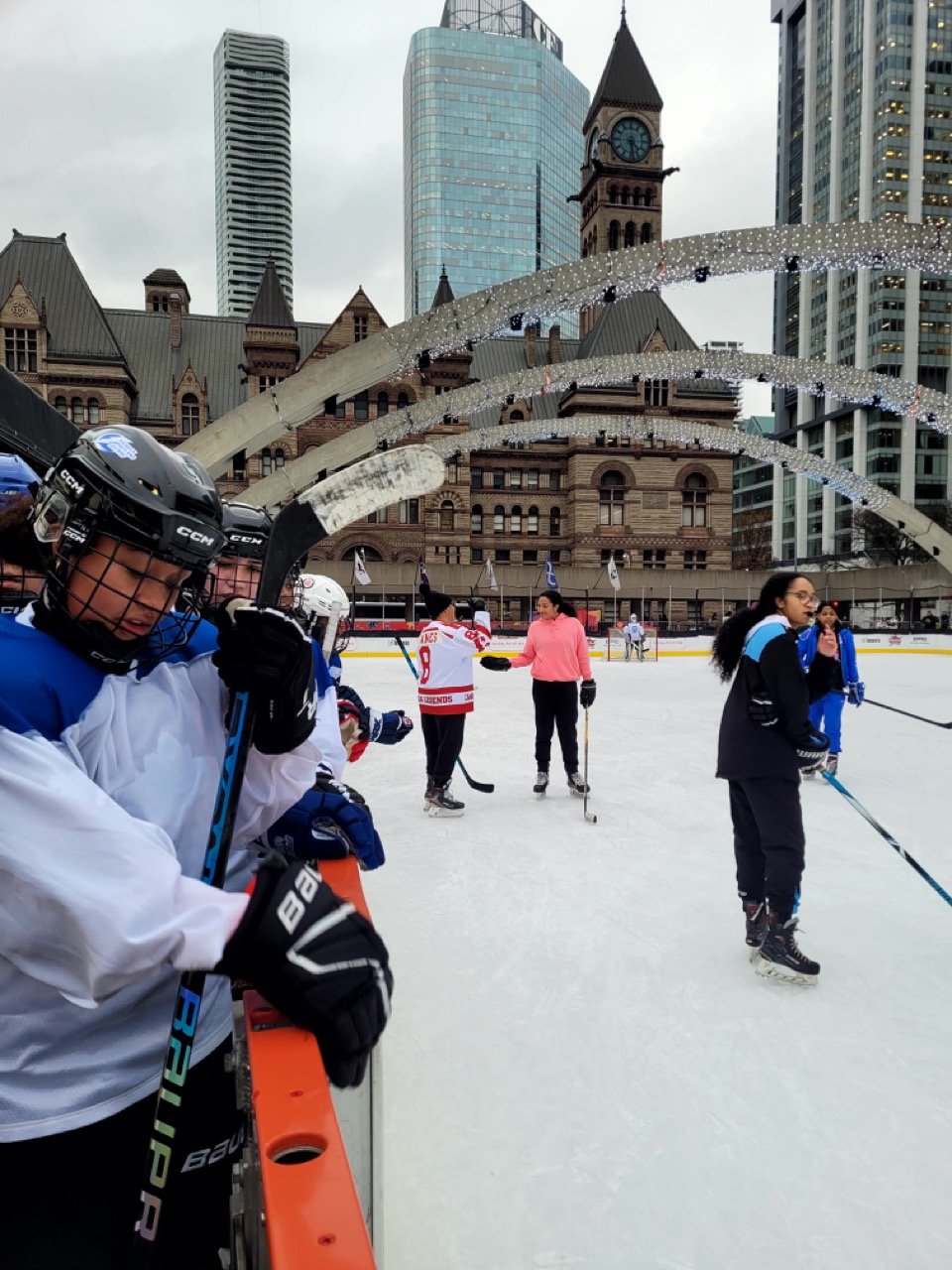By Quinn McFarland
At La Sierra University, the Art + Design department houses the unique Brandstater Gallery. Directed by Tim Musso, this gallery features student, faculty and staff shows, as well as special exhibitions from a wide variety of artists. Oftentimes, after-hours receptions follow these art shows, which gives the campus and the surrounding community an opportunity to view the special show and listen to the artist discuss their work on a panel. This quarter, the Brandstater Gallery hosted graphic artist Nate Reifke’s commercial designs in addition to a group ceramic show featuring works from Jonathan Cross, Brittany Mojo, and Amelia Lockwood.
From Jan. 16 to Feb. 8, Reifke featured his commercial designs in his debut art show titled “Don’t Stop: 25 Years in Illustration and Design.” With a collection of over 300 sketches, t-shirts, posters, skateboards, labels and more, Reifke celebrated his 25th year in the graphic design and illustration industry.
Reifke entered the art and design world while studying for his bachelor’s degree in communication and visual art at the University of California San Diego. In 2010, he created his own company, Salty Timbers, where he has been creating illustrations for various action sports and outdoor markets since. Some of the organizations he has designed for include Patagonia, the San Diego Zoo, and Sector 9 Skateboards. In celebration of a quarter century career in the arts, Reifke showcased past designs, including stickers, which attendees received at the Feb. 4 artist reception.
Reifke tends to work with “good old fashioned pen and paper” when illustrating; his exhibit evidenced this as the majority of his sketches on display were done with ink on paper. As Reifke screen prints a majority of his work, however, he has started working digitally to speed up his process and maintain the cleanliness of the design.
During his artist talk, Reifke noted that he does not exhibit his work often. Due to the nature of creating designs for a larger company, his name is not typically attached to his work. However, many people have seen and interacted with his designs. Some viewers even found out that their first skateboard was designed by Reifke. Additionally, he hoped that having more commercial art on display would encourage viewers to think a little more about the artists behind products.
While Reifke’s exhibit was the first graphic artist show on campus, another installation was one of the first ceramic artist group shows. From Feb. 20 to March 14, the Brandstater Gallery presented three ceramic artists’ sculptures in the show titled “2000° Experiments.” Art curator Timothy LeBlanc gathered pieces from Cross, Mojo, and Lockwood. While the ceramic medium stayed consistent across the pieces, the works showcased many differences in design.
On Feb. 25, LeBlanc hosted an artist reception and panel at the gallery. Cross was the only artist present to discuss his artwork, but LeBlanc provided background information on the other two artists, as well as photos of their studio and works in progress. LeBlanc also commented on Cross’s work, stating that each piece weighed 250 to 300 pounds each. Cross elaborated that his technique is “subtractive,” meaning that he starts with a rather large chunk of clay that he carves his design out of. Some of his favorite tools included a chisel, butcher’s knife and machete.
Additionally, Cross uses a wood fire kiln and the ash from the burned wood to create a glaze on his pieces. Depending on how the ash lands on the clay and where the clay piece is placed inside the kiln, each piece has a different reaction, and thus a different design. Cross fired different pieces of one of his larger works on display separately so that when he eventually combined these pieces, the color of each section differed from the next.
Cross is particularly interested in how his work functions in the way he and other people might use them. As a reference, he lit incense in a small burner that was a part of his show, filling the gallery with an intense aroma. However, he explained that many people who purchase a piece like that from him use it for objects like tea lights or fake candles instead of incense. Additionally, he emphasized that art does have a function; whether it is a ceramic cup or a pillar, it is all equally important. Therefore, Cross creates each piece with the same intent.
From Reifke’s first solo show, presenting a vast collection of commercial art, to Cross, Mojo, and Lockwood’s ceramic sculpture installations, this quarter has been extremely eventful for Brandstater Gallery. These art shows showcase the wide variety of art and art styles, as well as what’s new in the art world. Traditional museum spaces may begin to represent more graphic artists. Furthermore, new waves of innovation may develop as artists are encouraged to try new techniques.
Look out for what art installations the Brandstater Gallery will present spring quarter!
For more information, see these links below:
Reifke Website: https://www.saltytimbers.com/
Reifke Instagram: https://www.instagram.com/saltytimbers/
Mojo Website: https://www.brittanymojo.com/
Mojo Instagram: https://www.instagram.com/brittanymojo/
Lockwood Instagram: https://www.instagram.com/amelia.loucoco/
Cross Website: https://www.jonathancrossstudio.com/
Cross Instagram: https://www.instagram.com/jcrossstudio/
Additional Reading: https://lasierra.edu/article/artist-reifke-presents-300-piece-design-show-at-brandstater-gallery/






